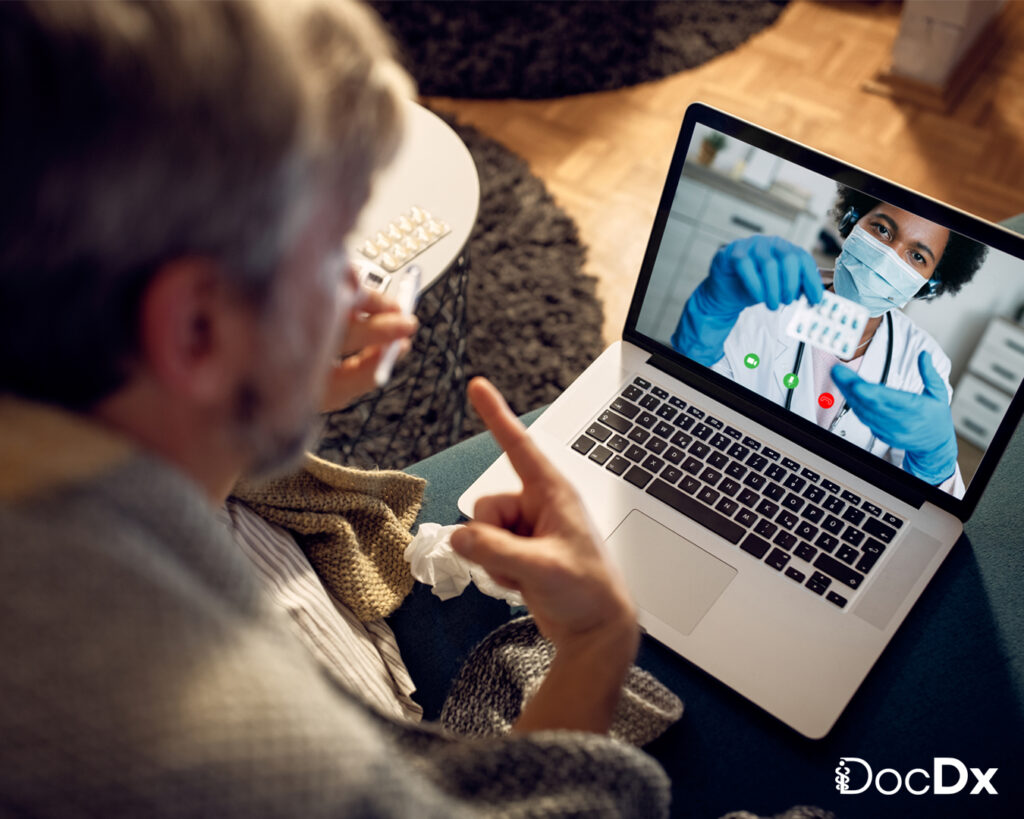Healthcare is changing rapidly, and one of the most noticeable shifts is the rise of telehealth in primary care. Seeing your doctor from the comfort of your home, once a futuristic concept, has now become part of everyday life. But what does this mean for patients? Is telehealth really as convenient as it sounds, and are there downsides we need to consider?
What Is Primary Care Telehealth?
At its core, telehealth is the use of digital technology to deliver medical care remotely. Instead of physically visiting a clinic, patients can connect with their provider through video calls, phone consultations, or secure messaging. In primary care, such care often includes wellness visits, prescription refills, chronic disease management, and preventive screenings.
How Telehealth Works in Primary Care
The process is simpler than most people think. Patients schedule an appointment, receive a secure link, and connect with their provider using a smartphone, tablet, or computer. Providers can then review symptoms, discuss concerns, and even share test results. Telehealth doesn’t replace every aspect of care, but it does streamline many parts of it.
The Growing Role of Telemedicine
Telemedicine isn’t just a pandemic-era solution. It has proven itself as a sustainable healthcare model. According to our guide on virtual primary care, telehealth has expanded beyond urgent care visits and is now a cornerstone of routine primary care.
Benefits of Telehealth in Primary Care
There are clear reasons why patients and providers are embracing telehealth:
- Convenience: No need to drive, wait in crowded lobbies, or rearrange your entire day.
- Accessibility: Rural patients and those without reliable transportation benefit greatly.
- Efficiency: Quick check-ins help providers monitor chronic conditions more effectively.
- Continuity of care: Patients can maintain regular appointments without disruption.
Enhanced Patient Engagement Through Telehealth
Surprisingly, many patients feel more comfortable opening up during a video call from their home. This relaxed environment can improve communication, allowing doctors to get a clearer understanding of their patients’ health. Telehealth empowers patients to take part in their care without the stress of travel or waiting rooms.
Drawbacks and Limitations of Telehealth
Despite its benefits, telehealth does have limitations:
- Technology barriers: Not all patients have access to stable internet or smart devices.
- Limited physical exams: Some conditions still require hands-on evaluation.
- Privacy concerns: While platforms are designed to be secure, patients must feel confident that their health data is protected.
Regulatory Considerations for Telehealth
Healthcare laws vary by state and country. According to telemedicine regulations insights, providers must be licensed in the state where the patient is located. Patients should also be aware of coverage policies under their insurance or Medicare plans.
Who Benefits the Most from Primary Care Telehealth?
Telehealth has proven especially valuable for:
- Seniors who may struggle with mobility
- Patients with chronic illnesses needing frequent follow-ups
- Professionals with tight schedules
- Caregivers managing multiple responsibilities
When Telehealth May Not Be the Right Choice
Telehealth isn’t designed for emergencies like chest pain, stroke symptoms, or severe injuries. In-person visits remain essential when physical examinations or diagnostic tests are required.
The Role of Telehealth in Preventive Care
Preventive care isn’t only about annual check-ups; it includes screenings, medication reviews, and lifestyle counseling. With telehealth, patients can easily keep up with these essential services, ensuring issues are caught early.
How to Choose the Right Primary Care Provider
Selecting a provider who offers telehealth services is becoming increasingly important. This guide on choosing the right primary care provider highlights what to consider, from experience to digital readiness.
Combining In-Person and Telehealth Visits
The future of primary care is hybrid. Patients may handle routine check-ins virtually while still visiting clinics for vaccinations, bloodwork, or physical exams. This blended model offers flexibility without compromising quality.
Future Trends in Telehealth
Expect to see more integration of wearable devices, AI-driven health monitoring, and expanded primary care services through digital platforms. Telehealth is not just a temporary fix; it’s shaping the future of healthcare delivery.
Conclusion
Telehealth in primary care has undeniable benefits: it’s convenient, accessible, and empowers patients. But it also has limitations, reminding us that in-person care will always be necessary. The best approach lies in balance, using telehealth to complement, not replace, traditional healthcare.




